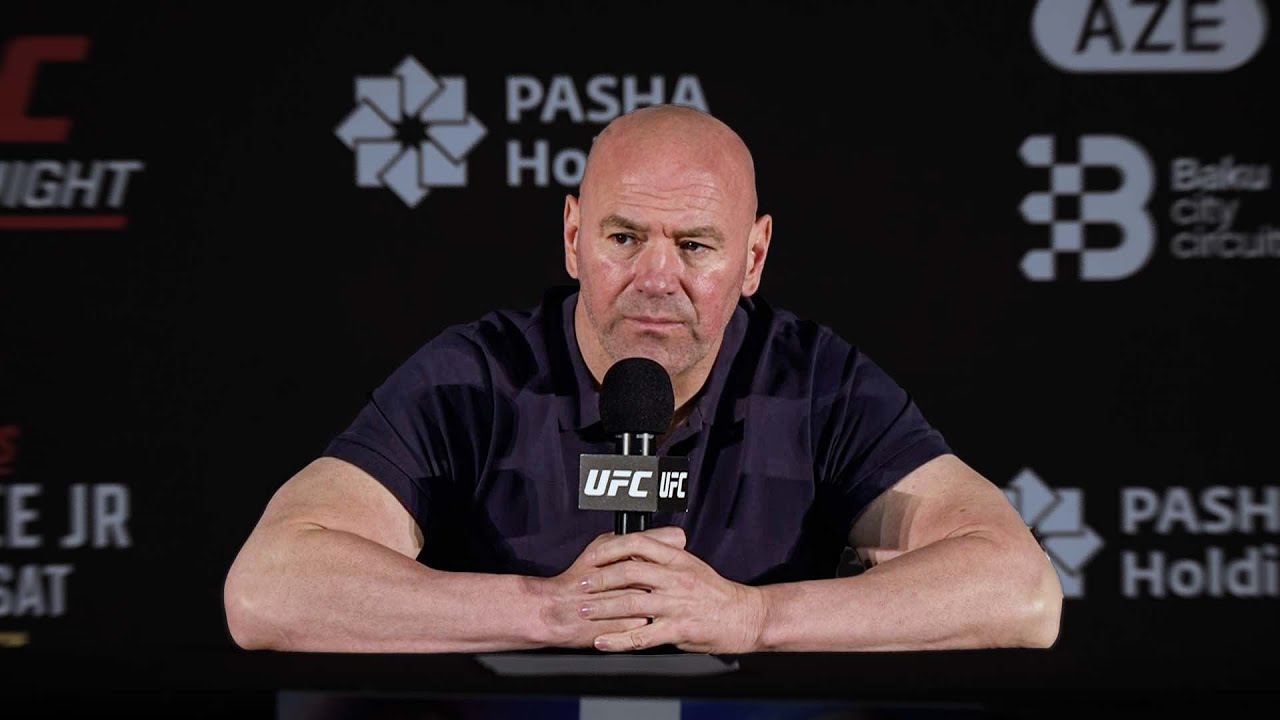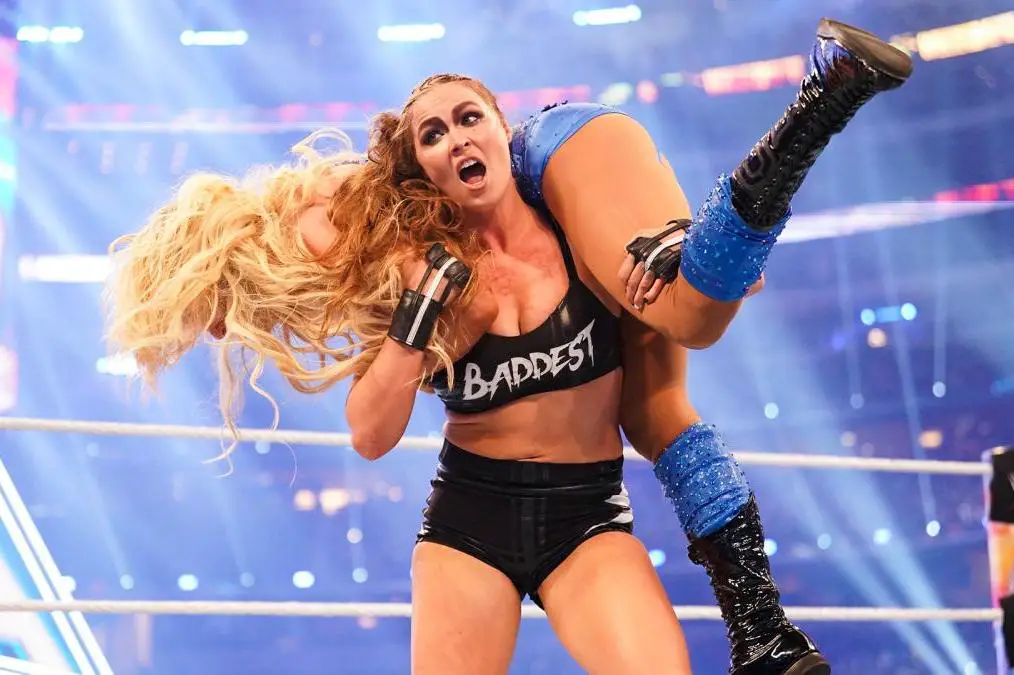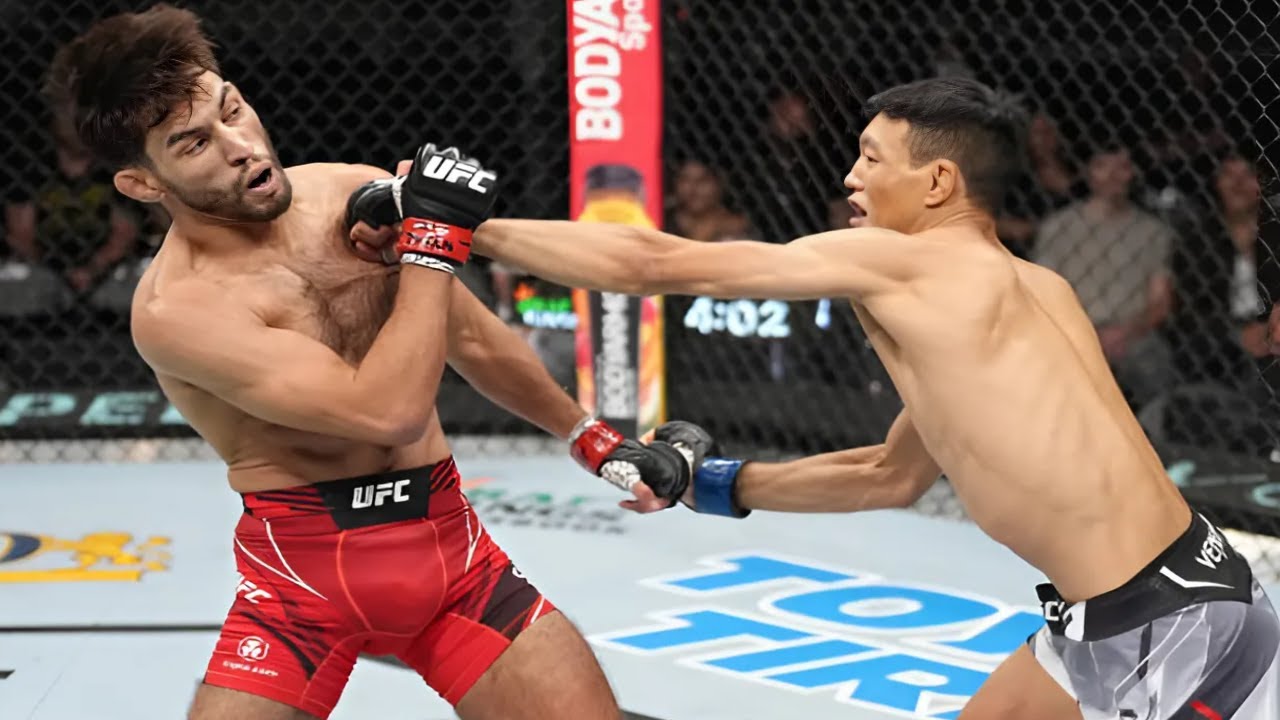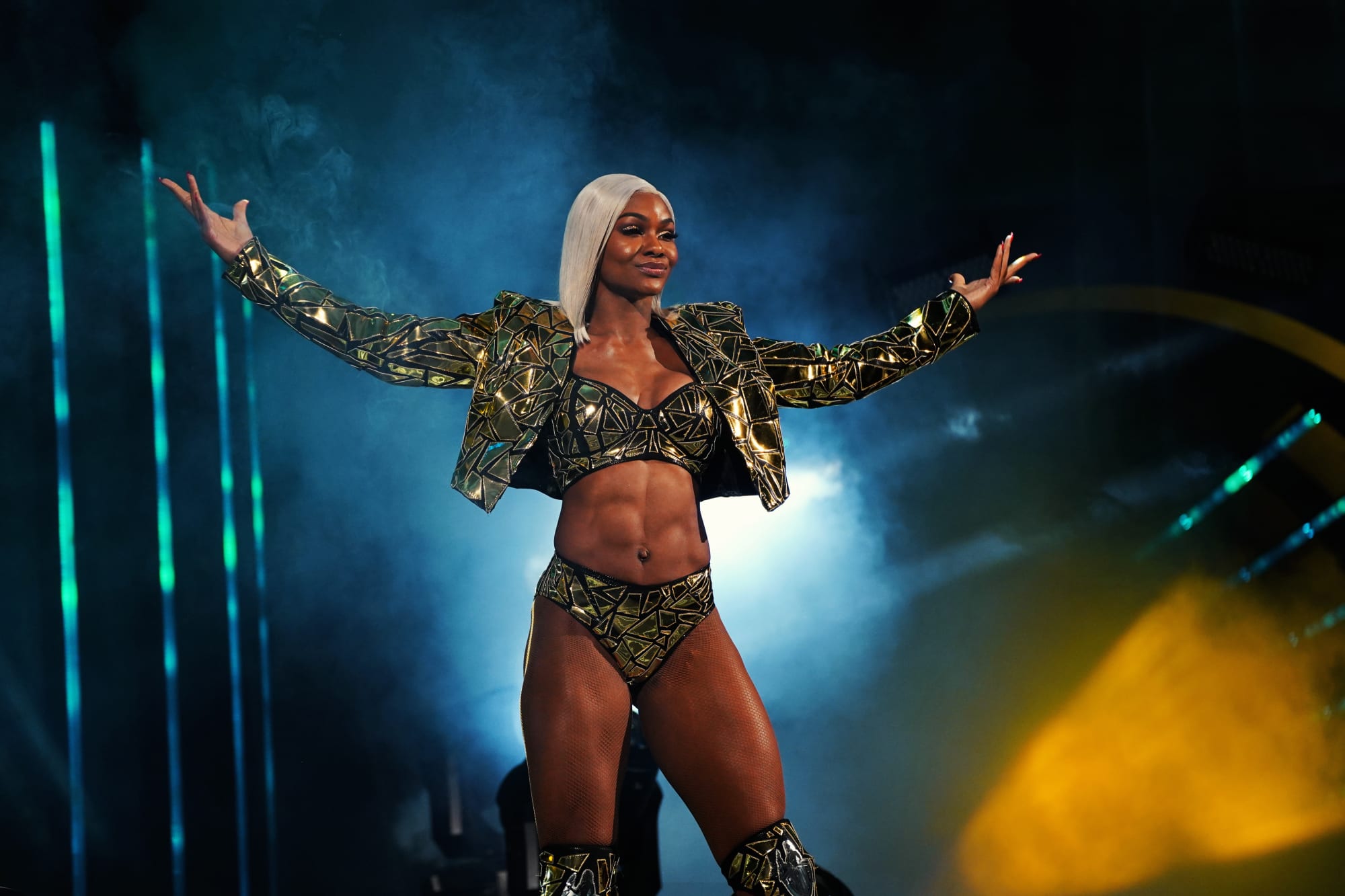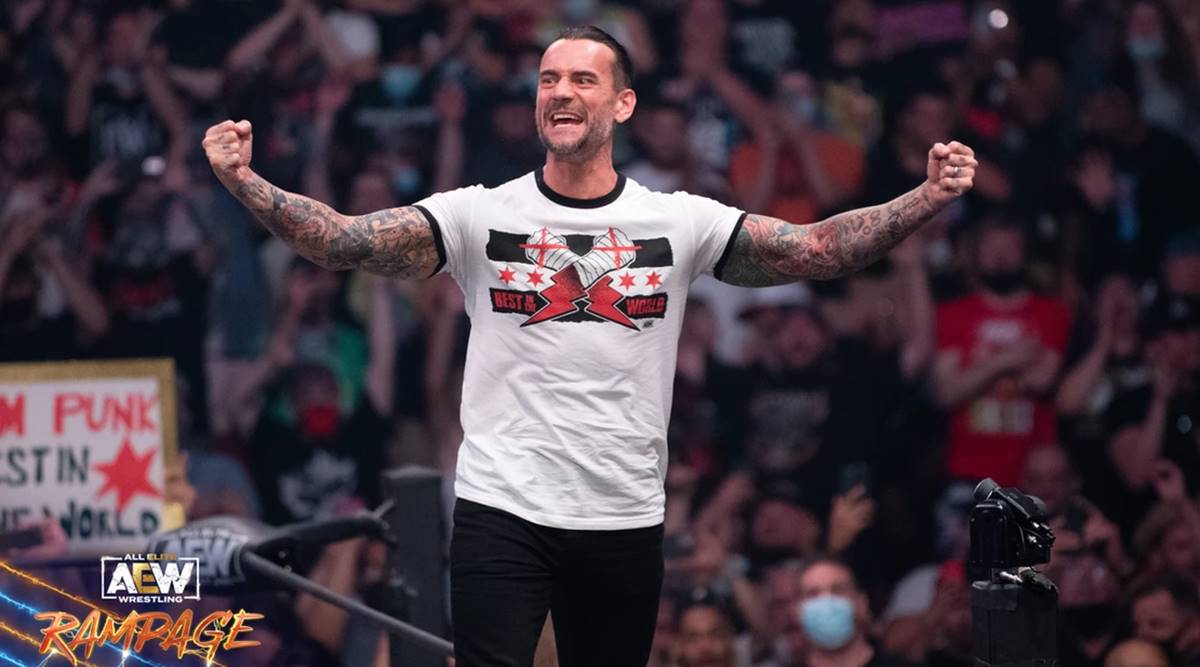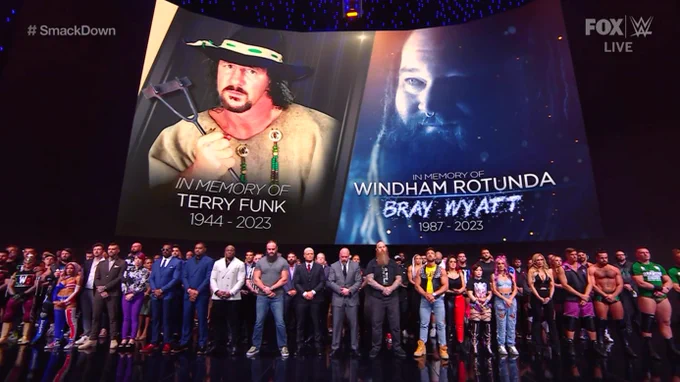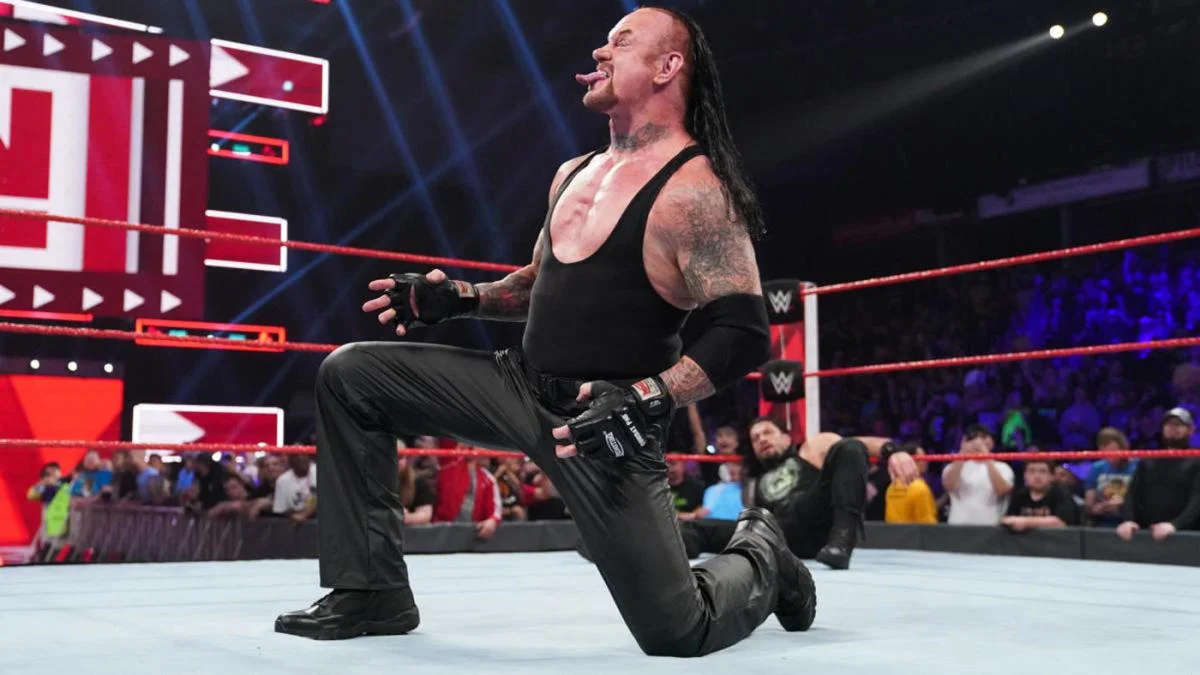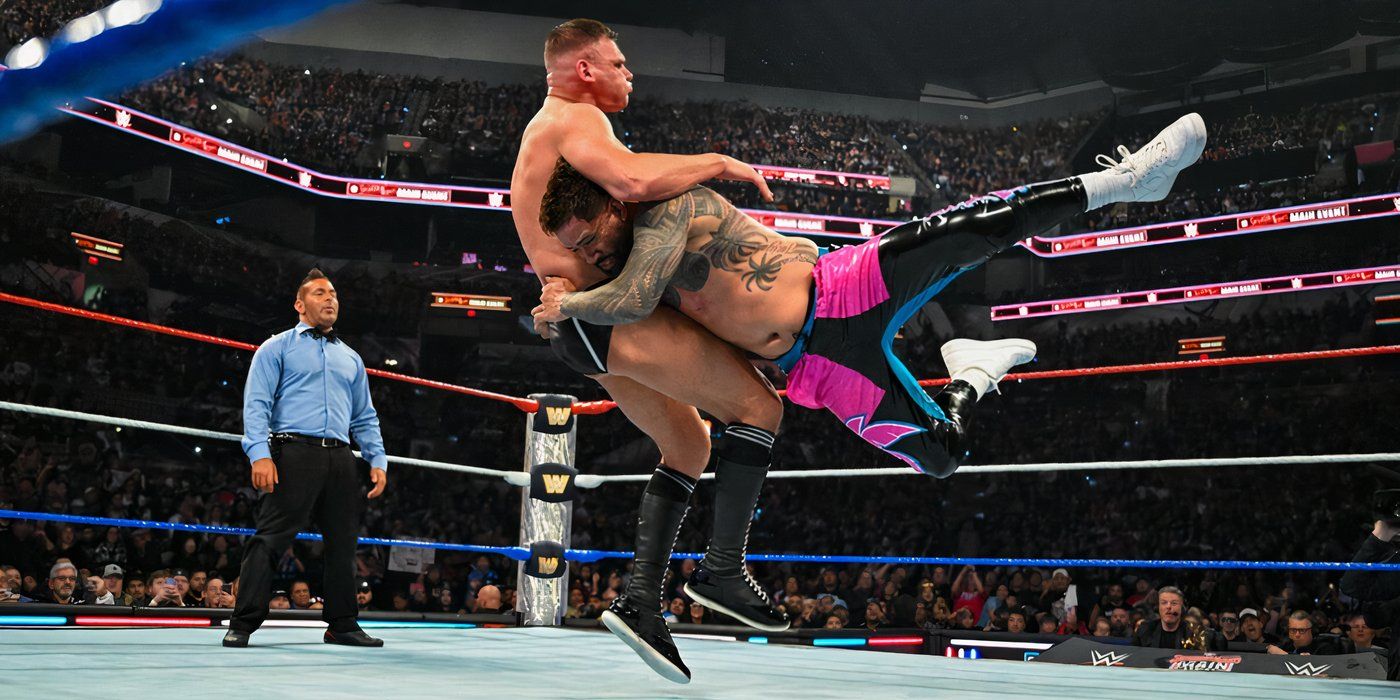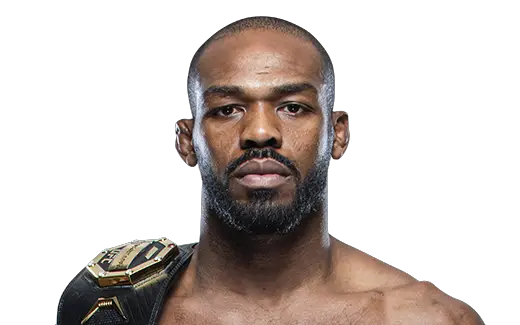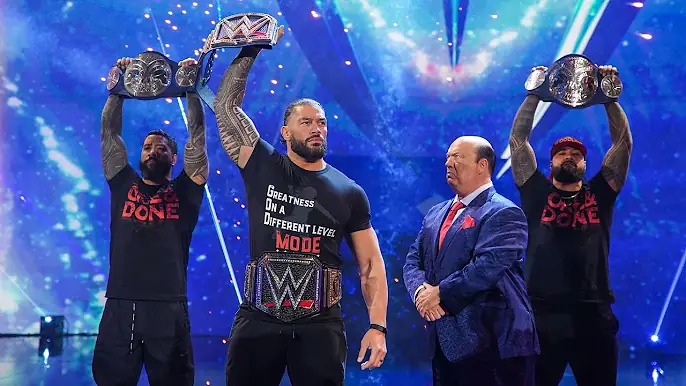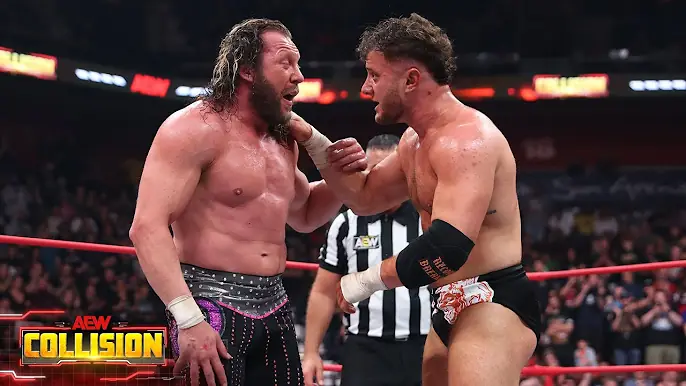Dana White Announces New Title Fights For UFC 322 And UFC 321.
Dana White employed his informal platform now, announcing a marquee lineup of fights—releasing top-line title fights at UFC 322 in New York and other championship-level hauls at UFC 321 in Abu Dhabi. The UFC 322 headliner will match Islam Makhachev against welterweight champion Jack Della Maddalena on November 15 at Madison Square Garden, with Valentina Shevchenko defending her flyweight title against former strawweight champion Zhang Weili, who has surrendered her 115-pound belt to pursue the two-division champion accolade. White wrote on the Abu Dhabi card that White confirmed major fights that encompass a second bout of the vacant women’s strawweight title and high-end bantamweight duels that will add complexity to an already busy fall schedule. The announcements came as surprise drops during the White live show and instantly became the most popular discussions among the MMA media and feeds.
Analysis
On their face, the bookings are the UFC matchmaking logic in its most traditional form: the established names to the star power to gather as much interest as possible in the short term and weave some longer-term storytelling. The fact that Islam Makhachev stepped into welterweight and dared Della Maddalena is important since it propels the trajectory of a champion into interdivisional assertion. The resume also offers legitimate title pedigree to Makhachev, and his step up is not as novelty-based as legacy building. The fact that Zhang Weili chose to relinquish a title and fight Shevchenko also represents a fighter interested in historic accomplishment over holding titles; a victory would put her into an elite group of two-division UFC champions and would generate long-lasting promotion value. Both the actions are indicative of an organizational thirst in the area of the so-called superfights that not only provide immediate sporting interest but also fit the UFC commercial schedule.
Impact on divisions and contenders
These marquee bouts cause reverberations through various divisions. The welterweight will only add another layer of complexity should Makhachev win: the fighters who had been queueing to fight Della Maddalena now have to contend with the truth of a cross-division champion with his own fighting profile. On the other hand, should Della Maddalena succeed in his defense, the marquee status of a homegrown talent is established, and the pecking order within the division becomes clear. The flyweight and strawweight scenes will experience a similar crunch; the departure of Zhang would leave the strawweight vacant and in need of a quick solution by the UFC matchmakers, and it would allow ranked competitors to make their case. Practically, anticipate the interim title eliminator negotiations, the acceleration of rematches, or the reassignment of contestant combinations as the promotion conflicts sporting integrity with the compelling narrative it has made.
Fightful
Business and media stakes
Timing two title-level spectacles in the second half of the season is a calculated business position. Madison Square Garden is still a highly sought-after venue in the sport, and a multi-championship placement on the card stirs up international media coverage, pay-per-view opportunities, and sponsor activation. The Abu Dhabi show, in its turn, gives the promotion its profitable Middle East calendar and assists in maintaining the end-of-year momentum in one of the most strategic growth markets. Stacked cards that focus on big venues and holiday calendars would be easier to monetize: prime venues increase imagery, sponsor hospitality increases experiences, and continuity of narrative across cards will benefit streaming platform subscriber retention strategies. Simply put, these are not any sport-first decisions; they are mathematical business gambits aimed at maximizing eyeballs and income in the regions.
Reactions: fans, fighters, and pundits
Quick response was expected to be loud and split. The ambition and the obvious intention to establish historic match-ups that could make the careers were hailed by many fans. The social feeds were alive with a discussion of stylistic fights, analysts breaking down whether the grappling strength of Makhachev will neutralize the strength of Della Maddalena and whether the pressure of Zhang will work into or against the technical striking and experience of Shevchenko. Meanwhile, a vocal section was dismayed at the rate at which star fighters are shuffled around or rushed into title shots and stated that there is a danger of the meritocratic lines of contenders being short-cut to blockbuster storylines. Major outlets’ coverage focused on the scale of the entertainment value, as well as on the unanswered questions of whether the card is competitive in all weight classes.
What this will entail in the future.
The bookings compel two simultaneous tests to the UFC playbook. The initial is the athletic test: is matchmaking able to generate clean, decisive results that respect ranking forms and provide the spectacle that the promotion seeks? The second is the commercial experiment: will such marquee fights become the sustainable interaction that warrants the vacating of titles and the re-engineering of the paths of the contenders? In case the battles provide the memorable moments with their decisive results, the strategy will be justified, brand-new competitors will arise, and the promotion will reinforce its calendar both in the middle and the long term. In case results are confused in case of injuries, controversial decisions, or lack of dramatic force in competition, critics will refer to the expenditure of that ambition and the possibility of harming the legitimacy of the divisions.
Conclusion
The UFC 322 and UFC 321 announcements by Dana White can be identified as a classic of the new UFC strategy, which is a combination of a sporting ambition and event economics aimed at creating moments that matter. Placing title matches and marquee fights on headline cards has guaranteed instant international visibility to the promotion, but it has also initiated a series of events that will challenge the matchmaking process, the patience of the contenders, and the mood of the fans. Just in the next few months, the preparation of each camp, the stamina of each fighter, and the clarity of each bout will tell us whether or not these cards will be recalled as a landmark event or as a dangerous game that shook divisions in a positive or negative way. Anyhow, the fight calendar is changed—and the fight fans, pundits, and executives will be following each move as the new chapters are being written.
